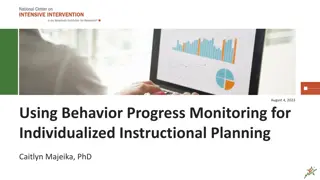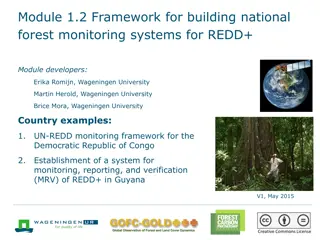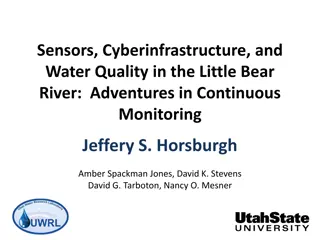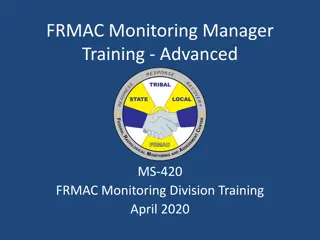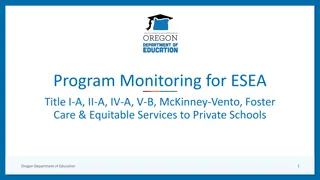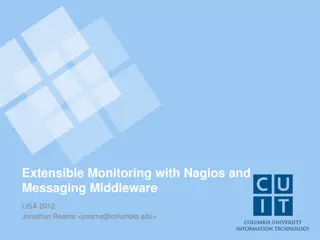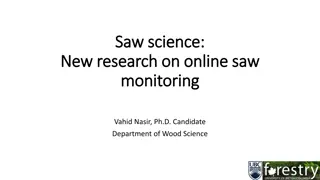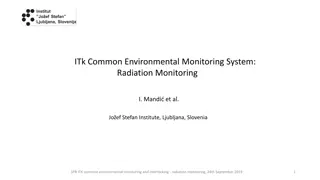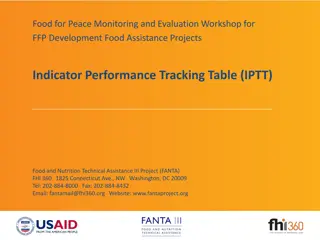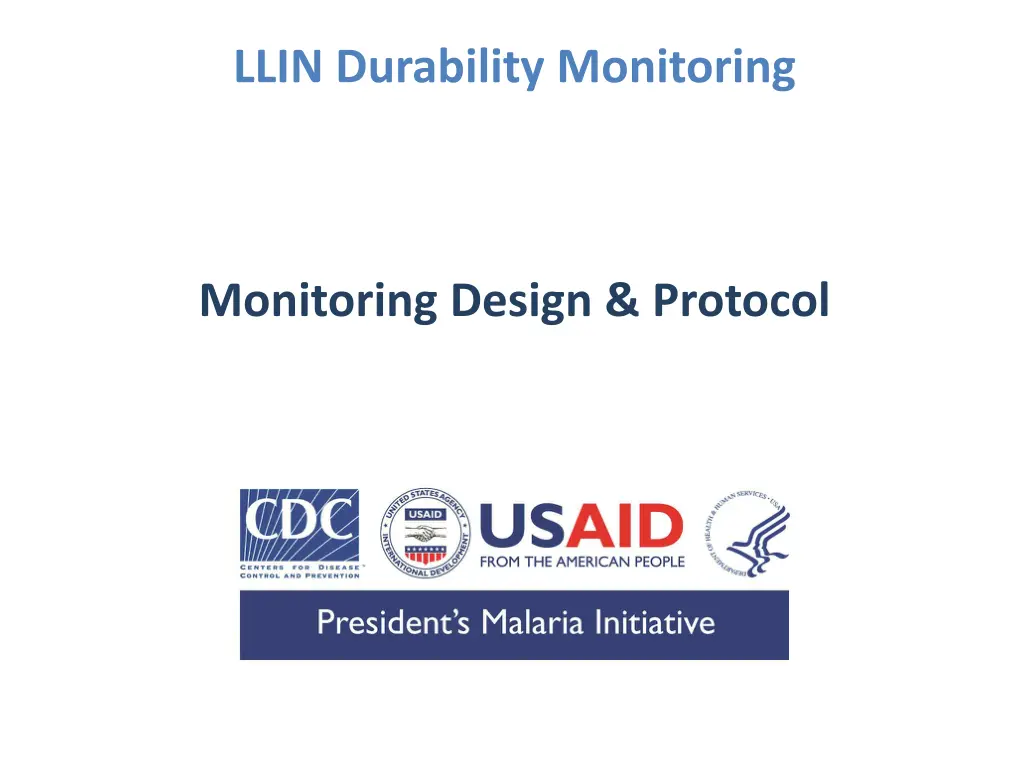
Understanding Survey Methodology for Accurate Data Collection
Explore the concepts of accuracy, precision, and representativeness in survey design to obtain reliable and unbiased estimates from sample populations. Learn about the importance of sampling methods and cluster sampling for achieving accurate results.
Download Presentation

Please find below an Image/Link to download the presentation.
The content on the website is provided AS IS for your information and personal use only. It may not be sold, licensed, or shared on other websites without obtaining consent from the author. If you encounter any issues during the download, it is possible that the publisher has removed the file from their server.
You are allowed to download the files provided on this website for personal or commercial use, subject to the condition that they are used lawfully. All files are the property of their respective owners.
The content on the website is provided AS IS for your information and personal use only. It may not be sold, licensed, or shared on other websites without obtaining consent from the author.
E N D
Presentation Transcript
LLIN Durability Monitoring Monitoring Design & Protocol
Overview Some background survey methodology Exercise on sampling Monitoring design
Objective of Surveys To obtain a representative estimate of the indicator of interest from the population at risk (or of interest) .an unbiased picture of the truth without having to look at everybody or everything Myth: In order to be representative I need to include at least x% of my study population ..
Two Concepts Accuracy Precision Is it an accurate picture of reality ? How precise is my estimate ? Representativeness Repeatability
Two Concepts Accuracy Precision Truth Accurate but not precise Precise but not accurate Precise and accurate
Two Concepts Accuracy Precision Is it an accurate picture of reality ? How precise is my estimate ? Repeatability Representativeness Sample size Variation Sampling
Precision Sample size The higher the sample size the better the precision Statistical significance does not always mean programmatic significance Even very small samples can be useful (LQAS)
Accuracy Sampling If the studied items were homogeneous any sampling method will be accurate
Accuracy Sampling But because they usually are not sampling is so important Ideally one would have a complete list of all study objects (sampling frame) and directly selects from the list the needed number If that is not possible sub-units of study objects can be selected (clusters) Health facilities Villages Schools Two-stage cluster sampling
Cluster Sampling Use two steps to first select the clusters (stage one) And then the study objects in cluster (stage two)
Stage One Whenever possible the first stage should be done from some kind of list using Probability Proportionate to Size or PPS Need list of clusters and any measure of size PPS is a systematic sampling which allocates more units where more people are living
Stage One Another common method of selecting clusters by simple random sampling (SRS) from a cascade of administrative units can be very misleading if variable of interest is inhomogeneous IT SHOULD BE AVOIDED IF AT ALL POSSIBLE
Stage Two Within the cluster the required number of units need to be selected (Primary Sampling Unit, PSU) If at all possible this should be done from a list of all eligible units either prepared on the day of survey or just before Selection then done by simple random sampling (SRS) or systematic sampling Other methods such as random walk or spin the bottle should be avoided
Sampling within Cluster Spin the bottle method to find index house and the next nearest SRS from complete household list from leaders or after mapping (GPS)
Sampling within Cluster Spin the bottle method to find index house and the next nearest SRS from complete household list from leaders or after mapping (GPS)
Sampling within Cluster Spin the bottle method to find index house and the next nearest SRS from complete household list from leaders or after mapping (GPS)
Summary: Sampling Sampling is the most critical step in surveys to achieve accuracy and should not be neglected If at all possible sampling should be done from a list of clusters using PPS (stage one) Within the cluster study objects (PSU) should also be selected by random or systematic sampling (no random walk!)
Study design of LLIN Durability Monitoring Prospective cohort study to determine physical survival of LLIN from campaign # of nets still there and fit for use at time x Durability = # of nets originally received and not given away Difference in physical condition (% still good and % too torn)
Durability monitoring timeline Baseline 0 6 12 24 36 Assess Attrition Integrity Assess Attrition Integrity Assess Attrition Integrity Assess Attrition Integrity Distribution
Protocol For each site 15 clusters selected from census data in two steps Selection of cluster location by ward with PPS Selection of settlements within ward by SRS Selection of clusters and households remains valid throughout study
Protocol (2) Households within settlement selected by SRS from random number lists based on listing of all households Only households which had received any nets from campaign in XXXX are included (even if these are now gone) Replacement households are selected for those not eligible Households maintained for each survey round
Protocol (3) Household interview to Characterize household s socio economic status (wealth quintiles) Determine fate of campaign nets (attrition) and reasons for loss Exposure to messages and perceptions Care and repair behavior and attitudes Details of existing campaign nets including their condition (integrity)

